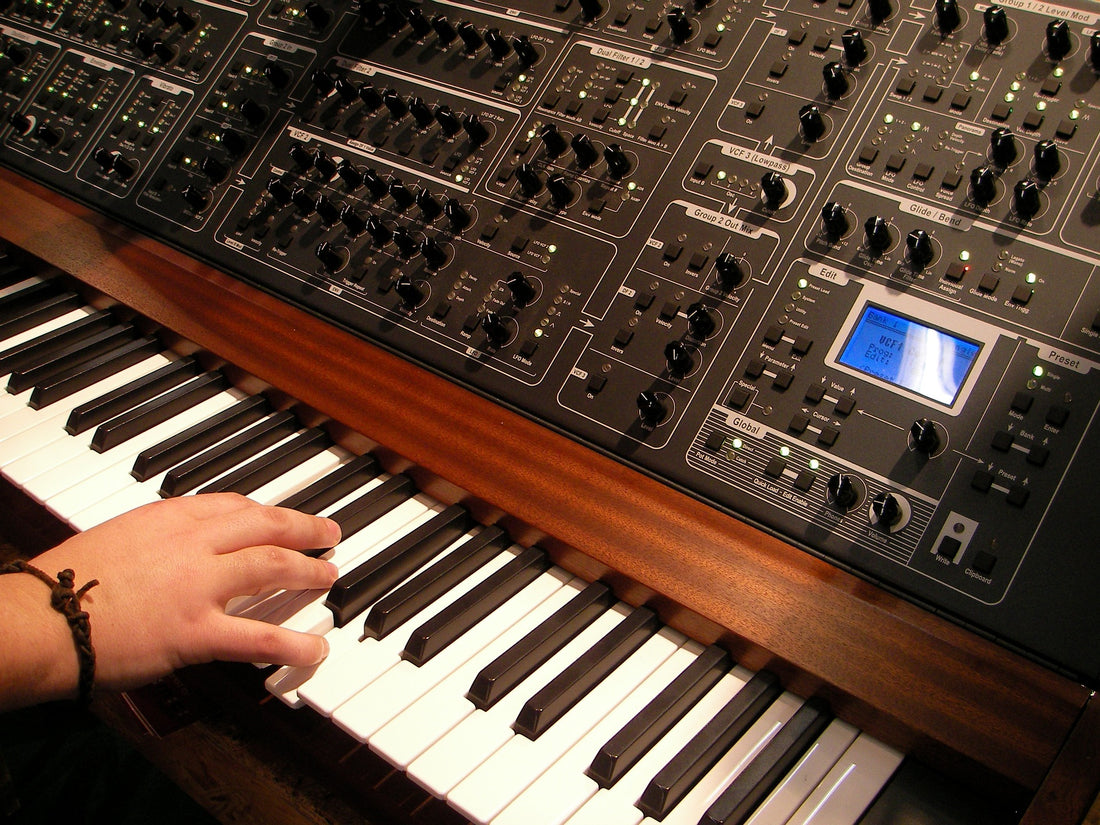As promised
by Paul McGowan
I promised in yesterday's post, The Art of HiFi, that I would continue part of the story of this recording's creation.
Couple of things first: I apologize for the slow website yesterday. Between the release of Copper Magazine and my post, the site bogged down to an interminable crawl that is both embarrassing and grating. We are working on fixing this problem caused by an overload of people coming to the site, but it will take some time. For those who were unable to grab a copy of The Art of HiFi because of the slow site, there are still some available (though we sold about half of them yesterday).
Second, I spent some of my Sunday afternoon interviewing DirectStream designer Ted Smith. That interview is now available on YouTube and can be watched by going here. A note of caution. Ted is rather...technical...to say the least. I love hearing him speak and there's a ton to learn so if you have 45 minutes or so to absorb some very cool technical info, then by all means watch.
If, on the other hand, you'd like to get a feel for the rave reviews the MK2 is getting, head here and scroll down to read the comments section. (If you're an MK1 owner, this is the place you need to go to).
Ok. To the subject at hand.
There are so many stories that go along with the creation of a recording project like The Art of HiFi: Bass that it's difficult to choose which to share. Yesterday, we covered the live recording of trumpeter Gabriel Mervine's father, Kendrick, filling a huge synagogue with wonderful organ music. Today, I thought we might recount the challenges of getting low bass onto a recording.
There are very few microphones that reproduce sounds below 20 Hz. Some measurement mics go lower, but they're outliers. One of the reasons most recording studio microphones don't dip into the lower bass regions that exceed human hearing is simple. They are transformer coupled. Most microphones we use have matching impedance transformers that are flat to 20 Hz but roll off pretty quickly beyond that. (One stand out exception is a Tim de Paravacini modified AKG C24 owned by Dan Schwartz that, on occasion, we get to borrow, but currently, it is not in-house).
How to test the -3dB limitation of our A/D converters that dip down to only a few Hertz?
Simple. Turn to direct input instruments like synthesizers. That's exactly what we did. On multiple tracks we tested the limits of Pyramix DSD256 system by feeding into it some of the lowest notes ever recorded on a commercial release. Check out Track 9, for example, Tom Ammend's World Wind. You'll know the note when you "hear" it. Even on our reference system, it cannot be heard, but rather, it is felt.
The Art of HiFi Series: Bass is available for download or purchase right know. Don't miss out on this stellar Octave Recording.
- Choosing a selection results in a full page refresh.
- Opens in a new window.









